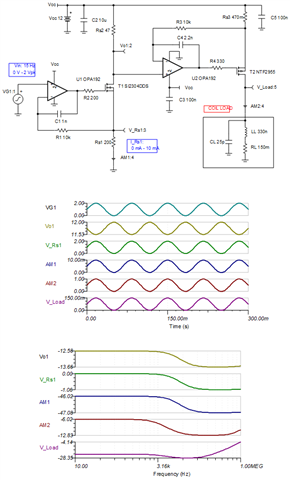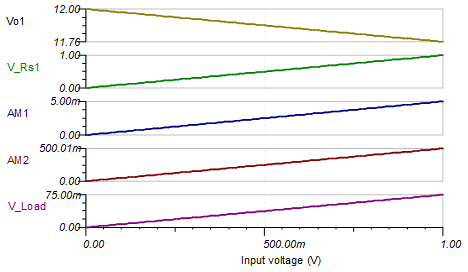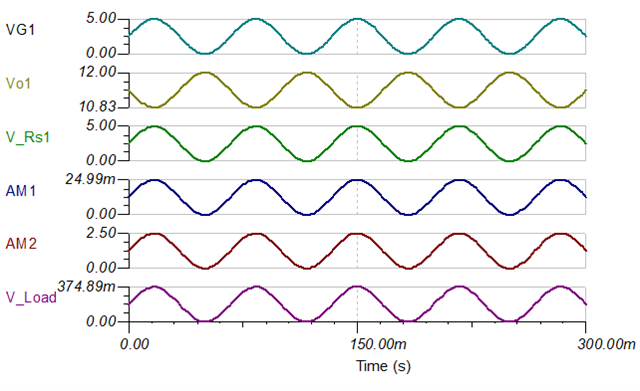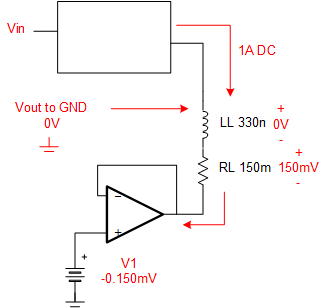Tool/software:
Dear Sir/Madam,
I saw the following post:
I am interested in this solution and if it is possible to drive the coil without the DC offset.
Similar specification 15Hz to 60Hz into 33uH inductor with 0.15Ohm DCR.
Single supply having maximum of 5V or 12V.
Regards Joe






